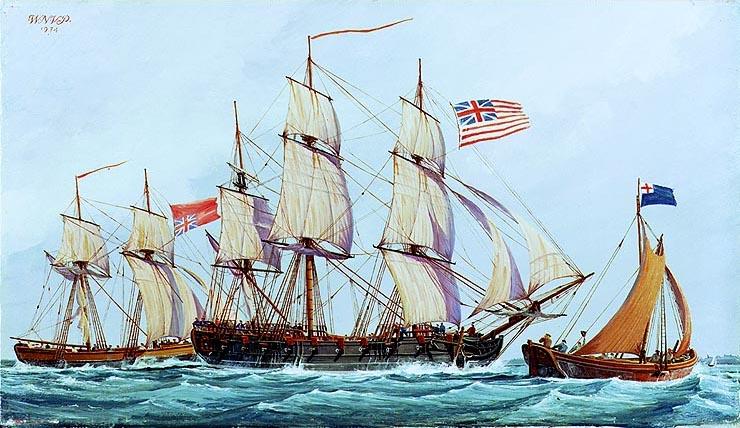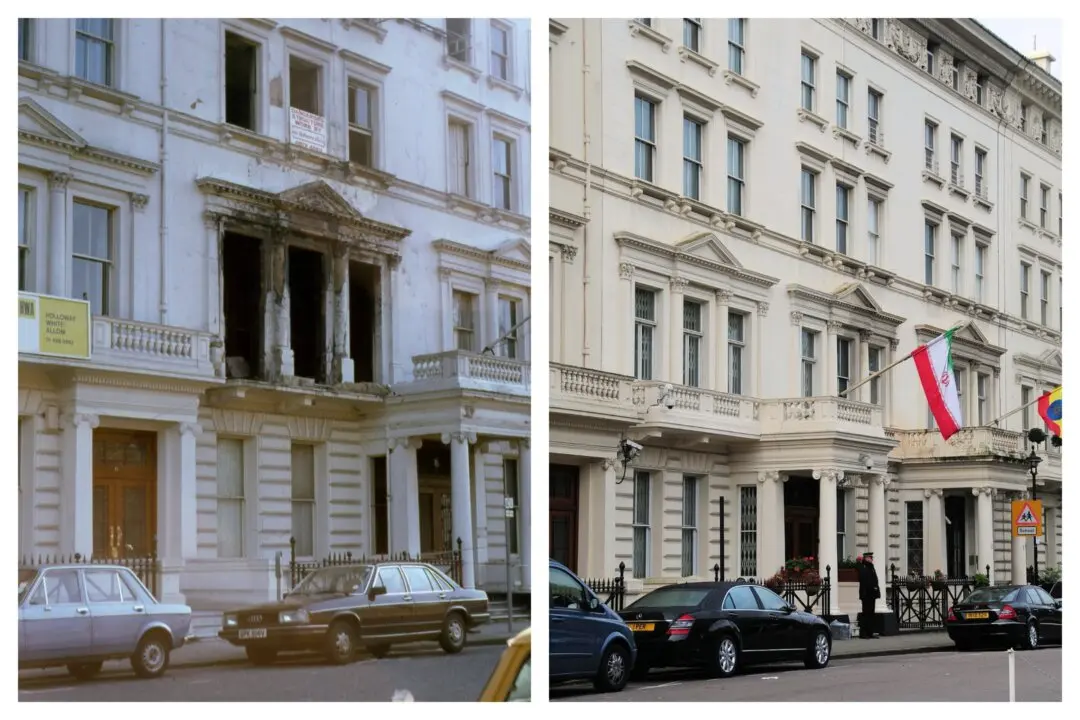Many accounts tell stories of the Revolutionary War fought in the eastern part of what is now the United States, but the Continental Army also won some major battles on the seafront. After sailing on merchant ships from a young age, Capt. Abraham Whipple went on to capture and defeat several enemy vessels during his stint as a commander of the U.S. Navy during the French and Indian and Revolutionary Wars.
Whipple was born in Providence, Rhode Island, in 1733 to Noah and Mary Whipple. His relatives were some of the original settlers in the region.






